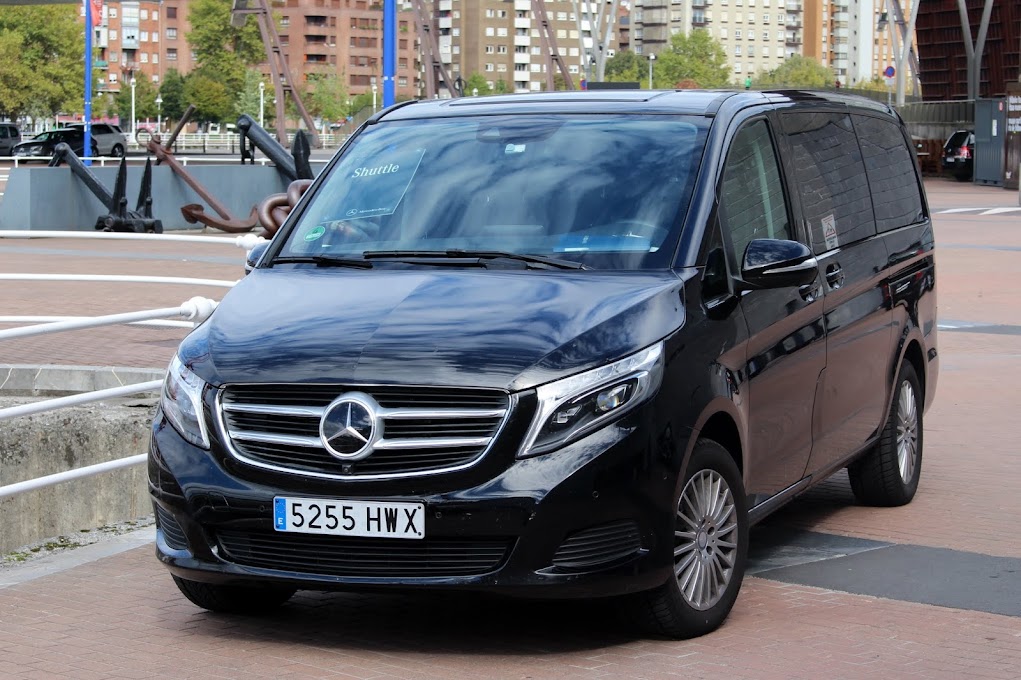It's a small tidbit from a visit to the factory in Vitoria in northern Spain, to watch the latest version of the Vito van and its passenger equivalents being built. Maybe having seen one vehicle factory, one might feel that they're much of a muchness, but there's always something fresh to be learned.
The new Vito and its Tourer variants won't be coming to Ireland until April, but the vans will mark a new departure for Mercedes-Benz in the class — the provision of a FWD version. It also means a smaller engine of 1.6 litres displacement, and a less expensive entry price for the model, which should in the Irish context help it take a position in the fleet market for the first time.
But there's also a place for the latest power-plants in the traditional 2.2 diesels from Mercedes. These will still power the RHD and the AWD vehicles in the range.
Apart from the fact that the manufacturing powerhouse of Vitoria in the Basque region is where the Vito and Vito Tourer (and the V-Class specifically car version) are built, a couple of days driving in the region as an introduction to the latest generation provided the benefit of seriously varied terrain in which to try the vans and their variants. It is arguably one of the most beautiful and dramatic parts of Spain, with winding roads through and around the mountains giving a full test of the different versions.
The 1.6 comes in two power outputs, 88hp and 114hp, both with 6-speed manual transmission. Provided from a partnership with Peugeot, the fact that a derivative of this is going to be available soon in the C-Class passenger car makes its own signal about its quality and refinement. In two different versions of the Vito, a Tourer and a Mixto crewcab, both power options proved to be sweet and tractable, and very quiet indeed.
In one respect for the drive, the lower power version was a little unfairly driven in the most challenging of the routes, winding through the mountains the long way between Bilbao and Vitoria. With a quarter tonne load aboard as well as two mature journalists, it struggled somewhat out of the upward hairpins. The rest of the time it was fine, and showed that it would perform well, and frugally, in a city and suburban working environment.
The 114hp version, which we had driven on a nicely designed working route in and around Bilbao itself, proved itself excellent later in those hills when driven by colleagues. The thing is, apart from parts of Kerry, we don't have the operating conditions similar to what we drove through in the Basque country. So I see good opportunities even for the lowest-powered new Vito in most Irish situations.
As for the high-powered vehicles, the 2.2 is available with 136hp, 163hp and 190hp power options. Also with six-speed manuals, but also with a smooth 7-speed automatic that's standard with the 190hp vehicle. I drove that one on the mainly motorway run back to Bilbao Airport, in Tourer format, and it ran as smooth as an E-Class, with a lot more space, and, arguably, comfort. Not to mention a high up driving position with a great view of the countryside.
There are some differences between the van and the Tourer variants. The extra seating and creature comforts for multiple passengers. Probably more of the optional technology, depending on grade. More pliant suspension to give a smoother ride. Probably even more soundproofing, although the carpets, seats, and no boom effect from a bare metal box in the back would make a significant difference in itself.
And then, of course, for the whole range, there's the 'emu feather effect'. Could be a great basis for a TV commercial ...
Fergus Conheady of Mercedes-Benz Commercials Ireland is pictured below at the launch.




